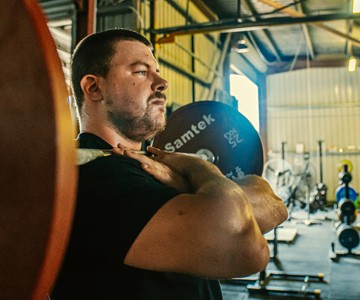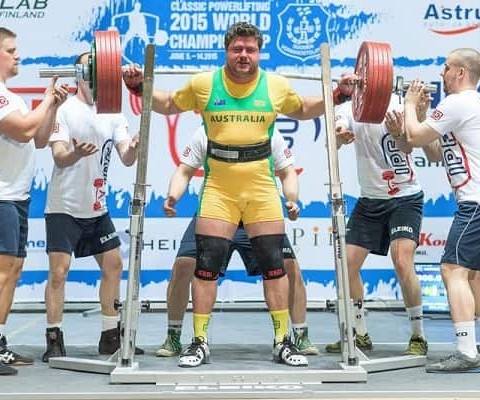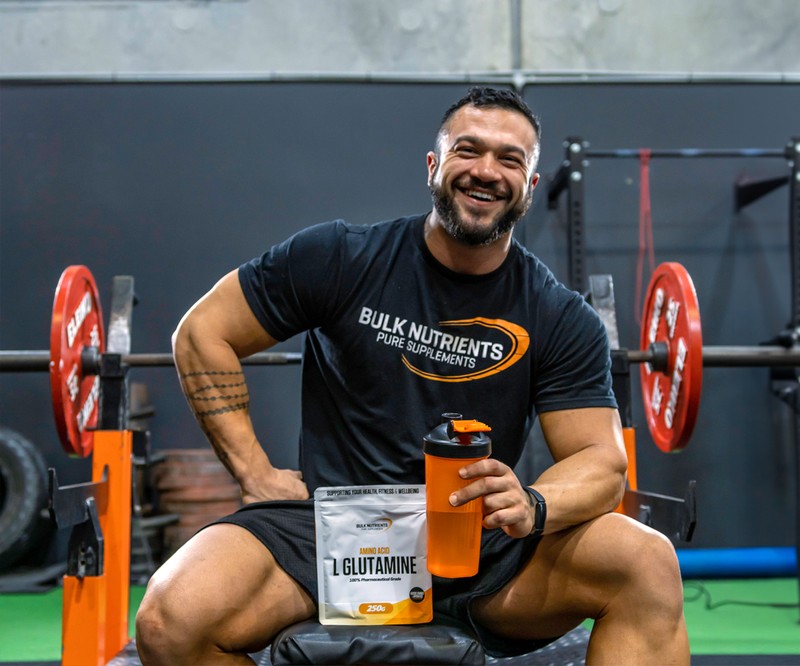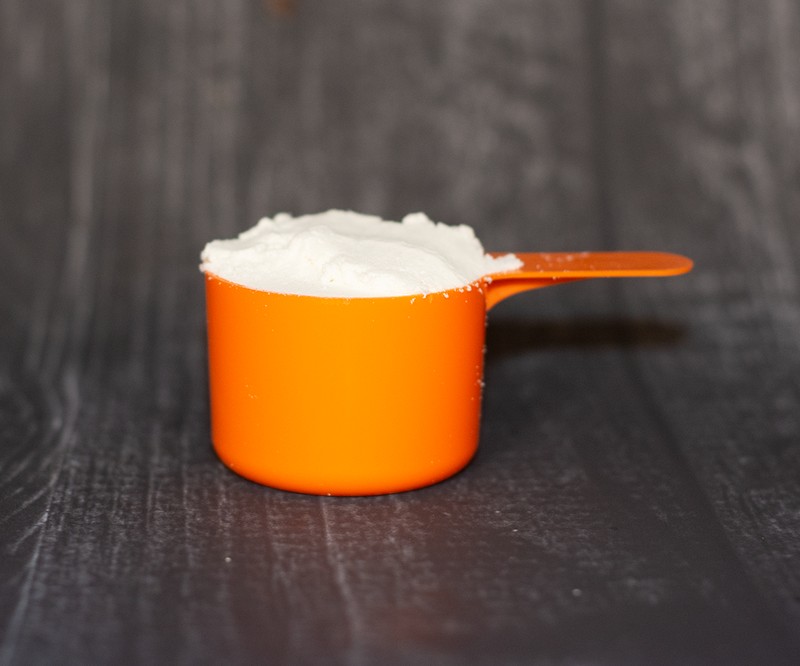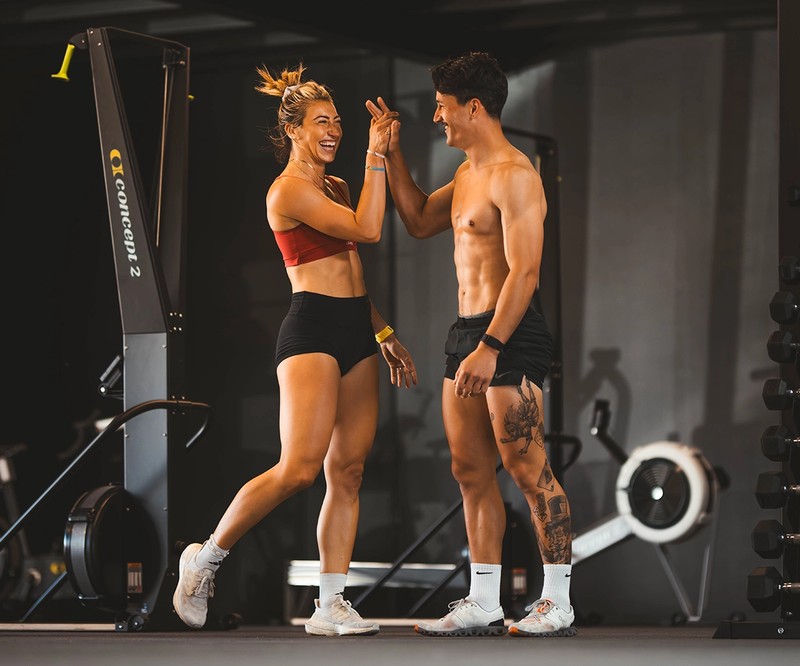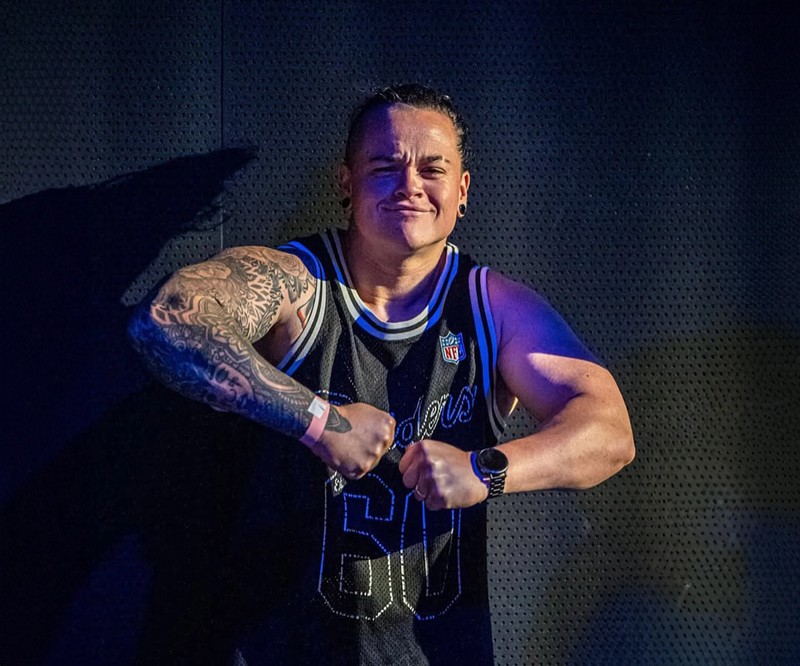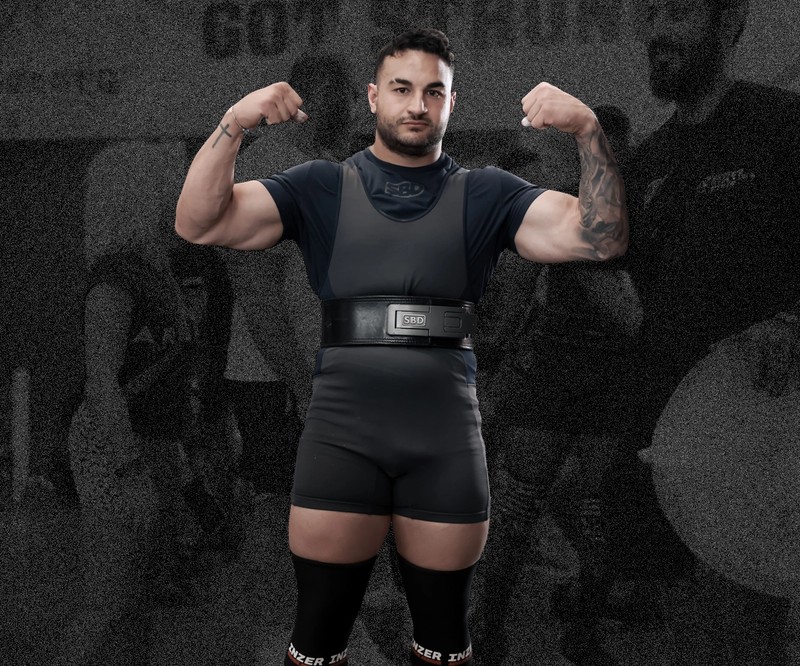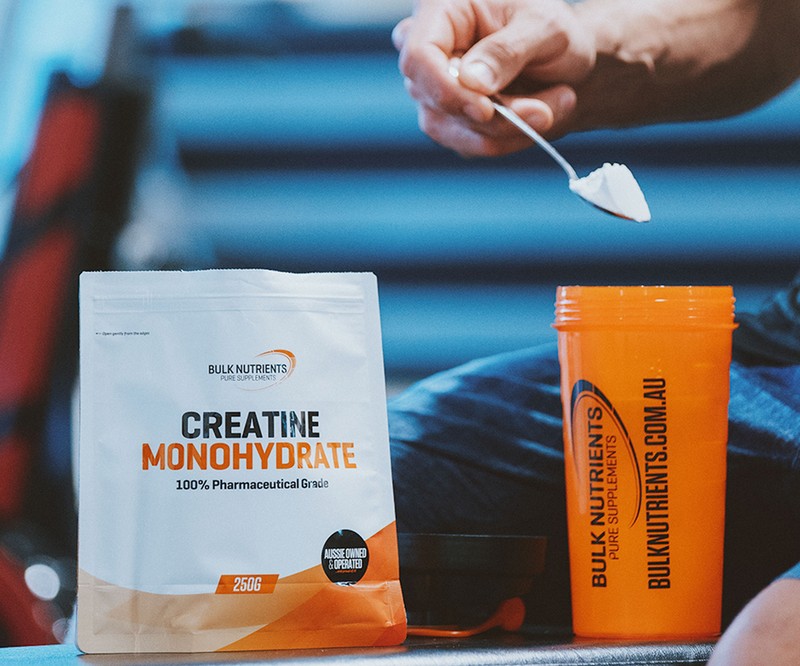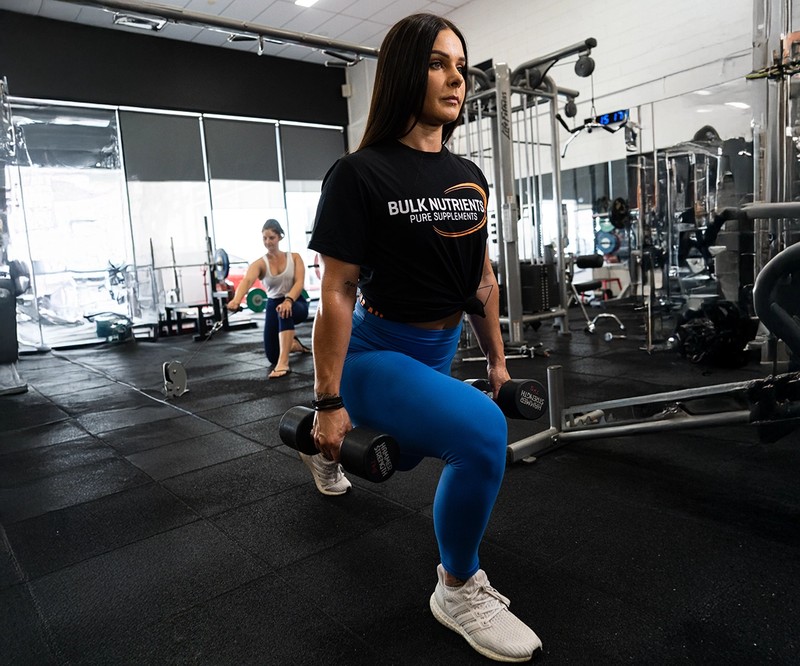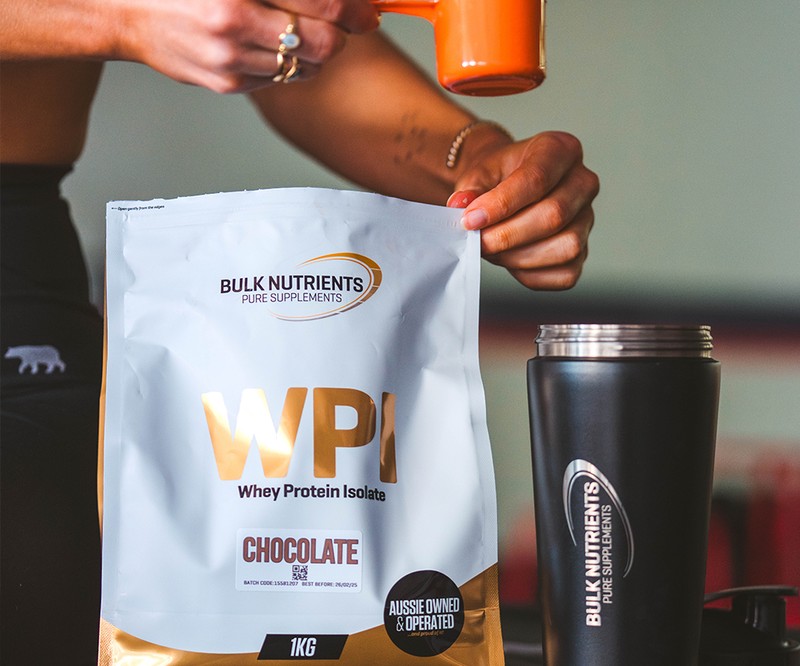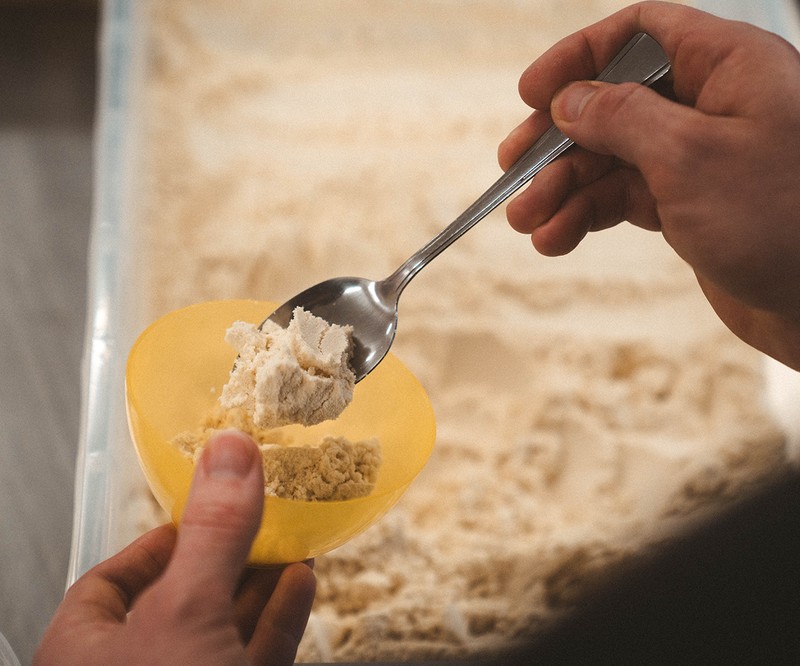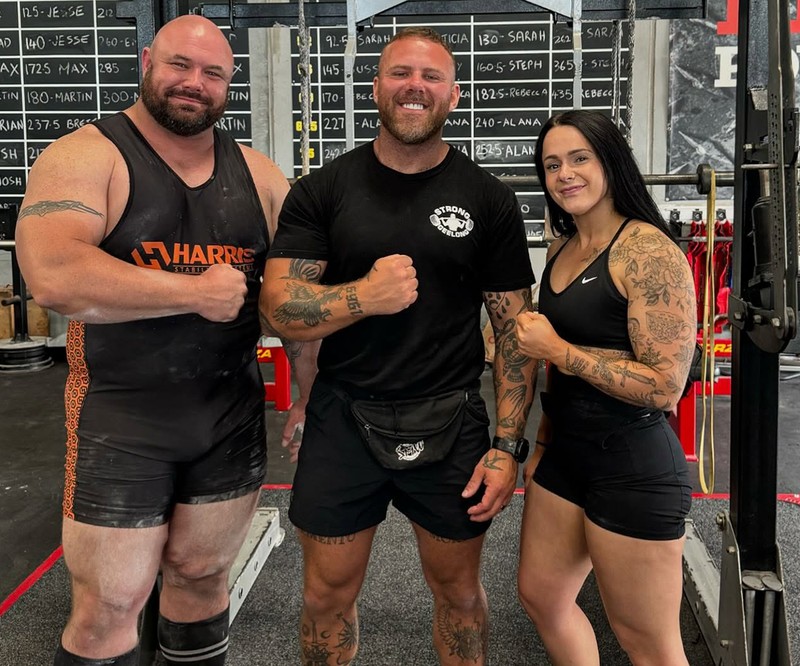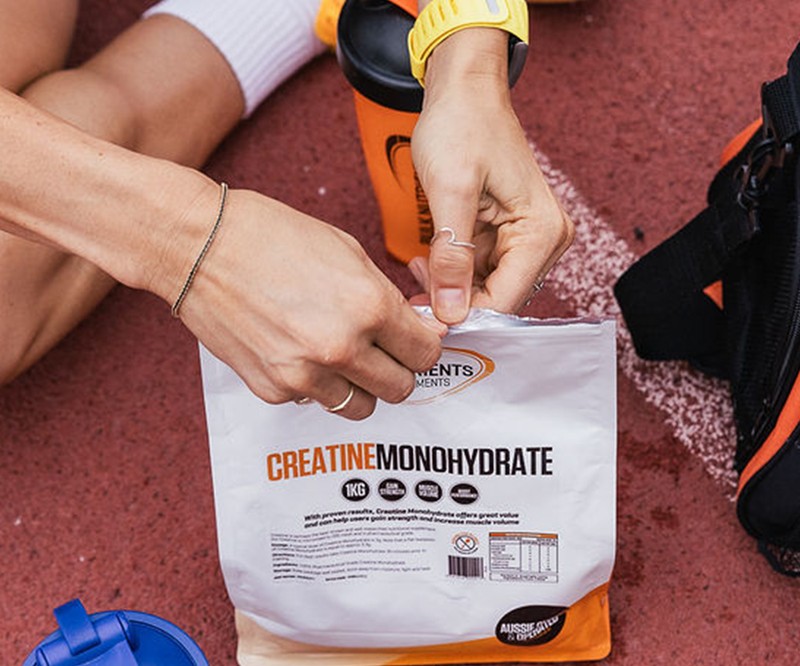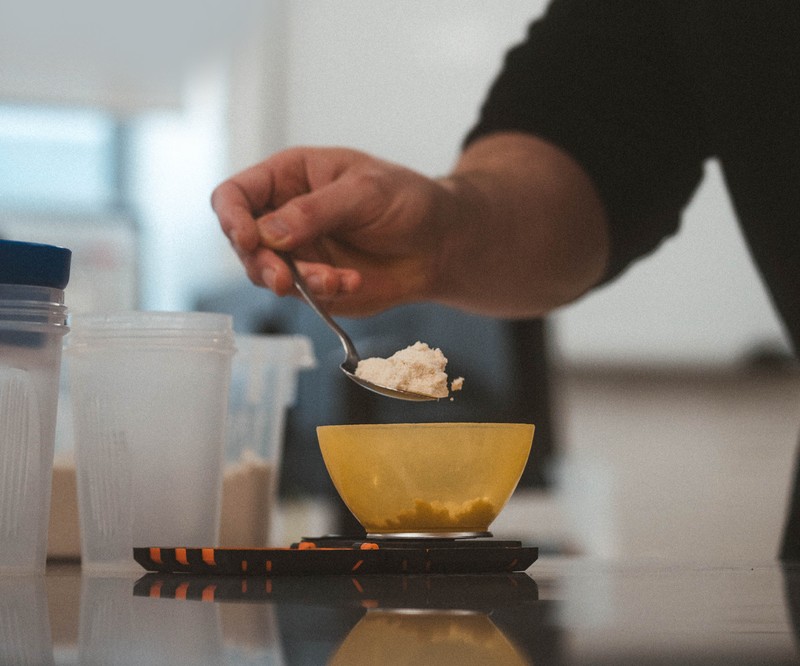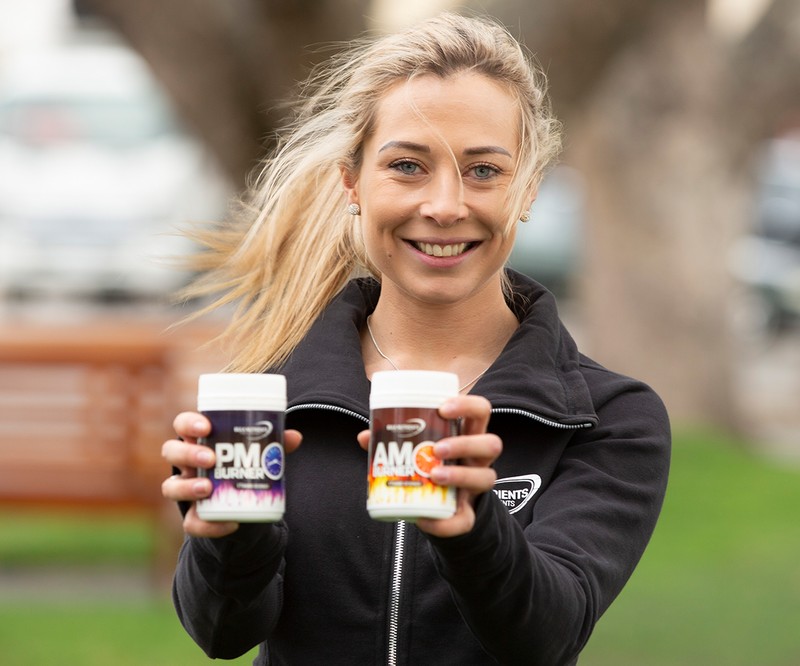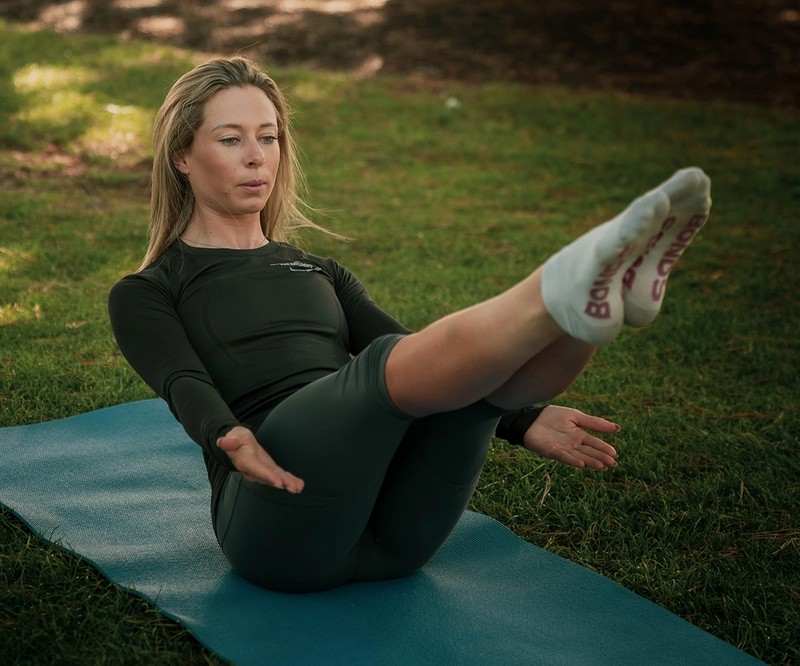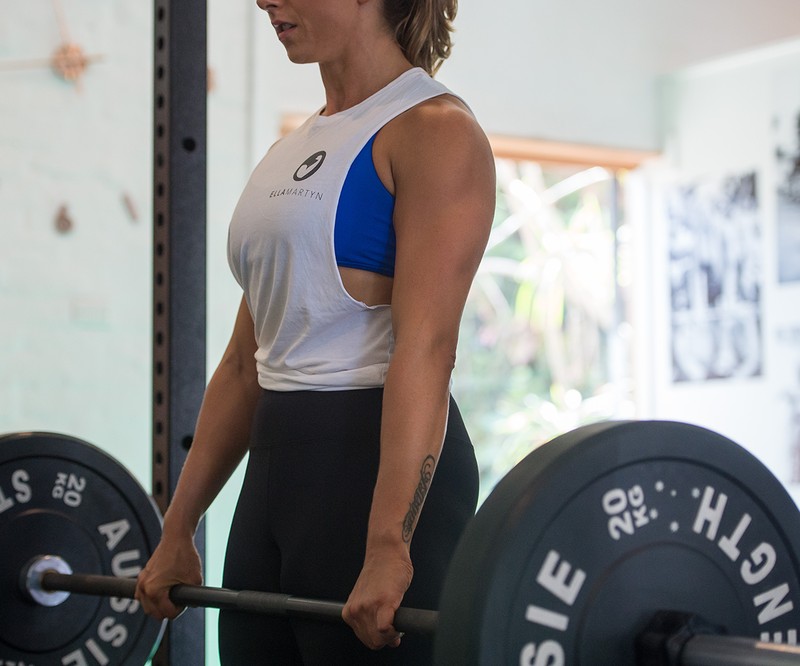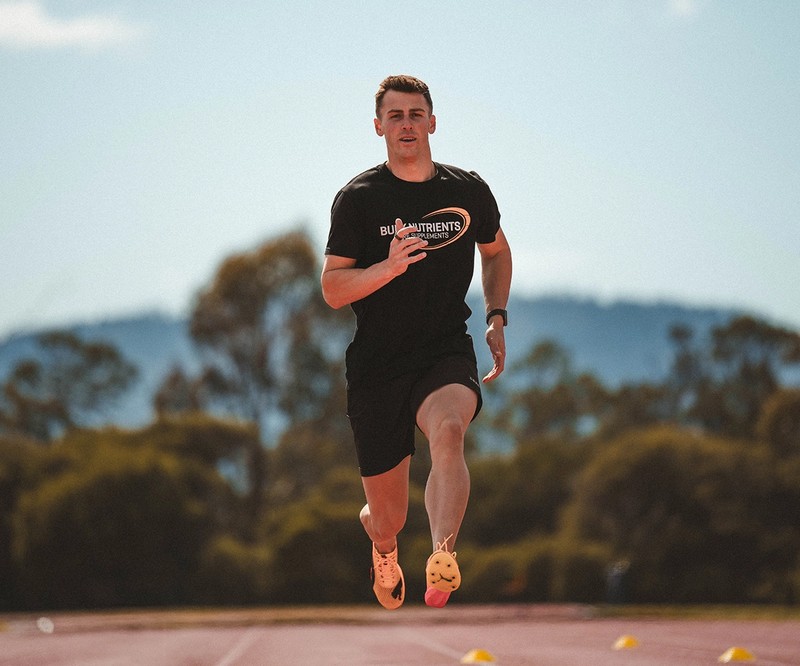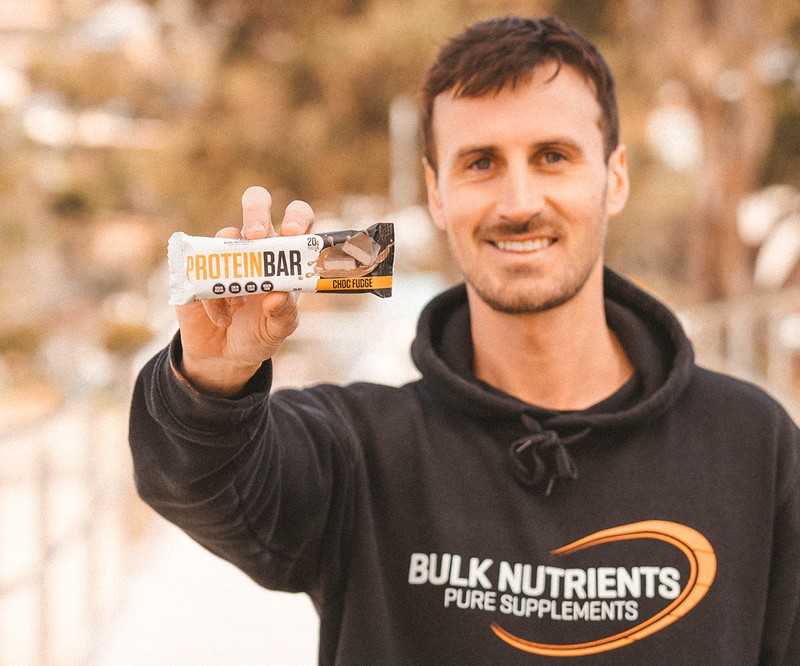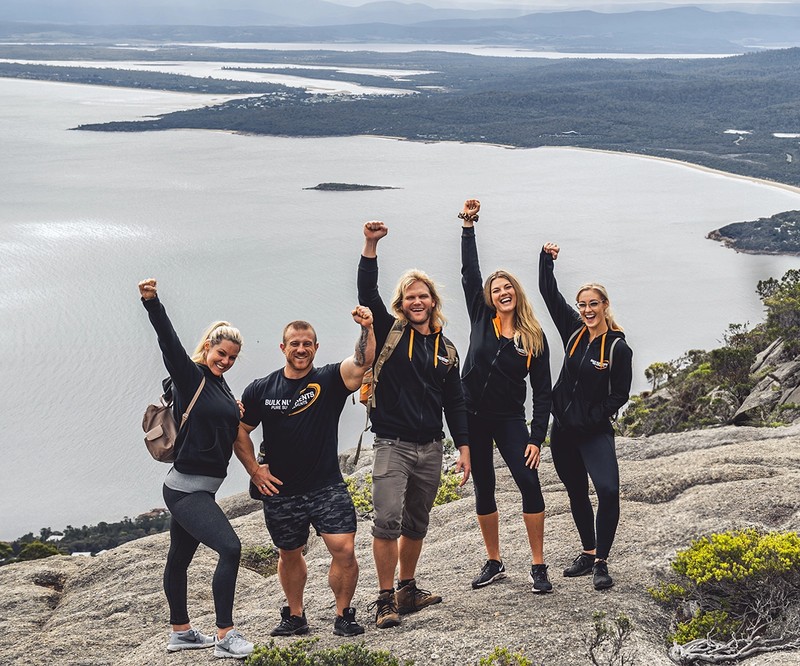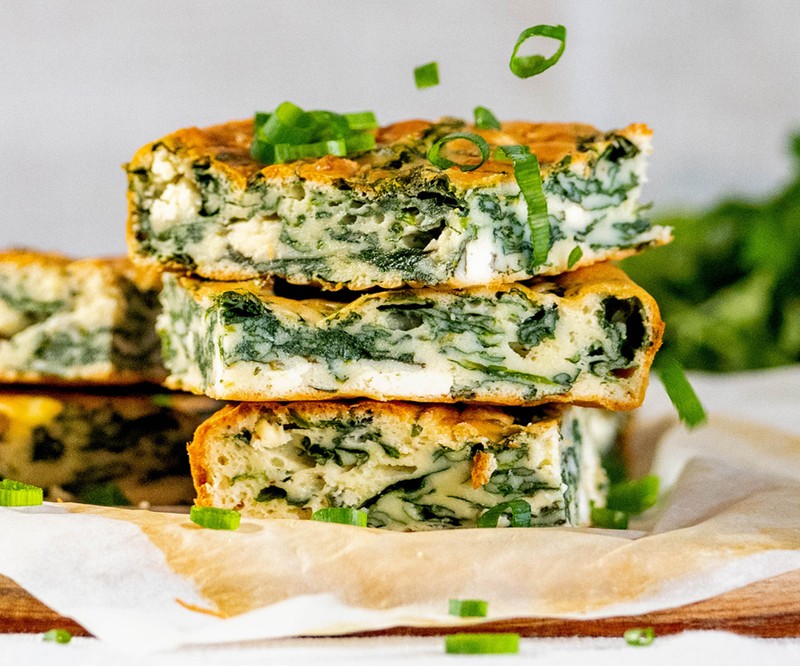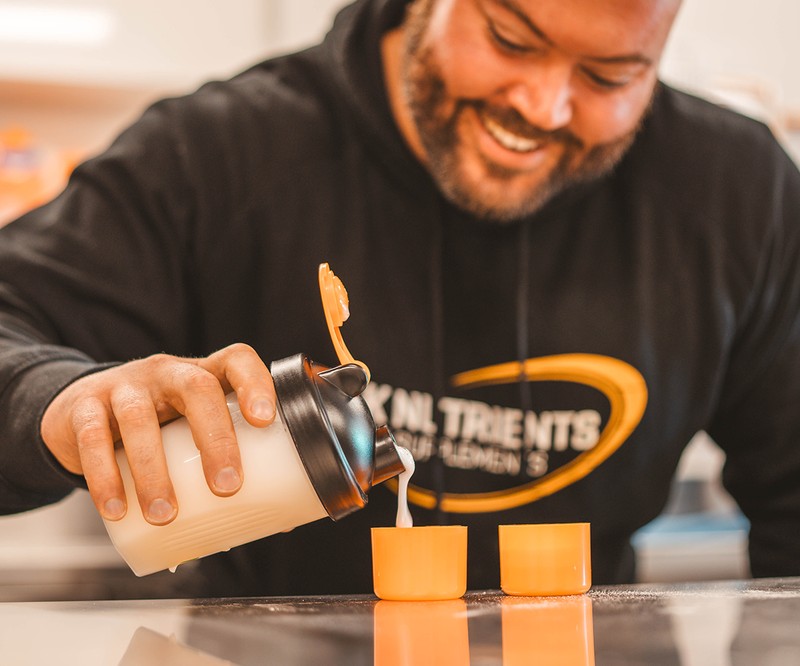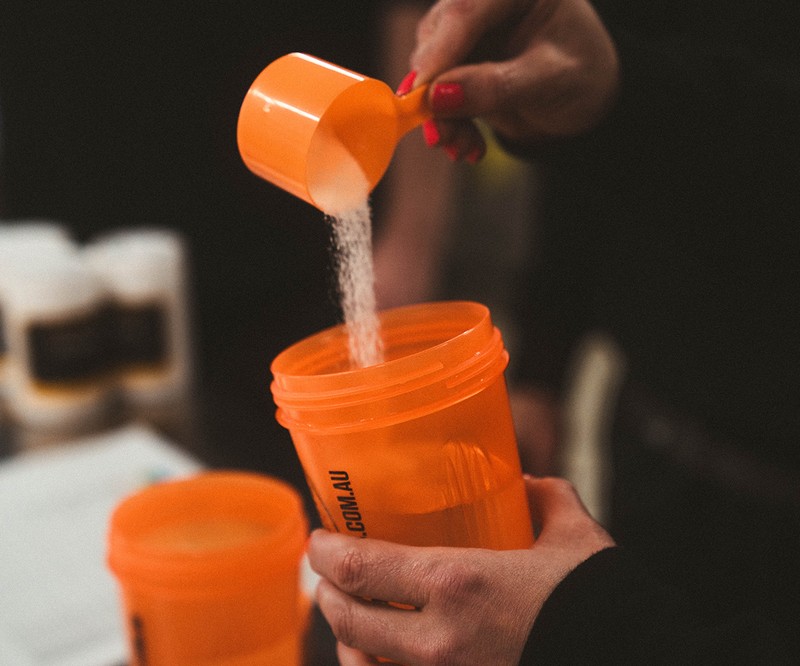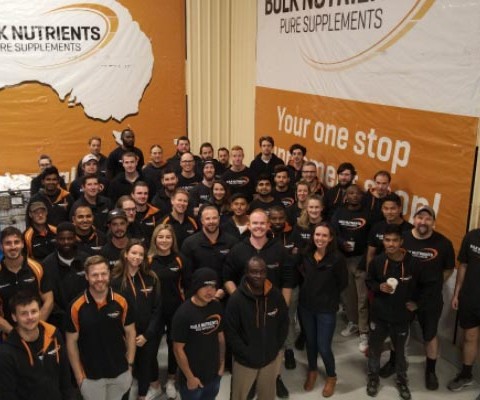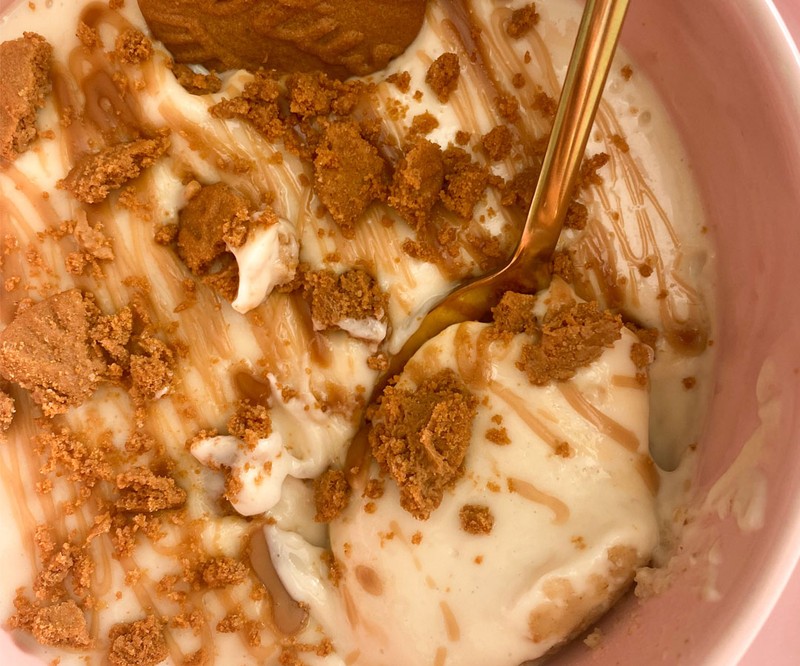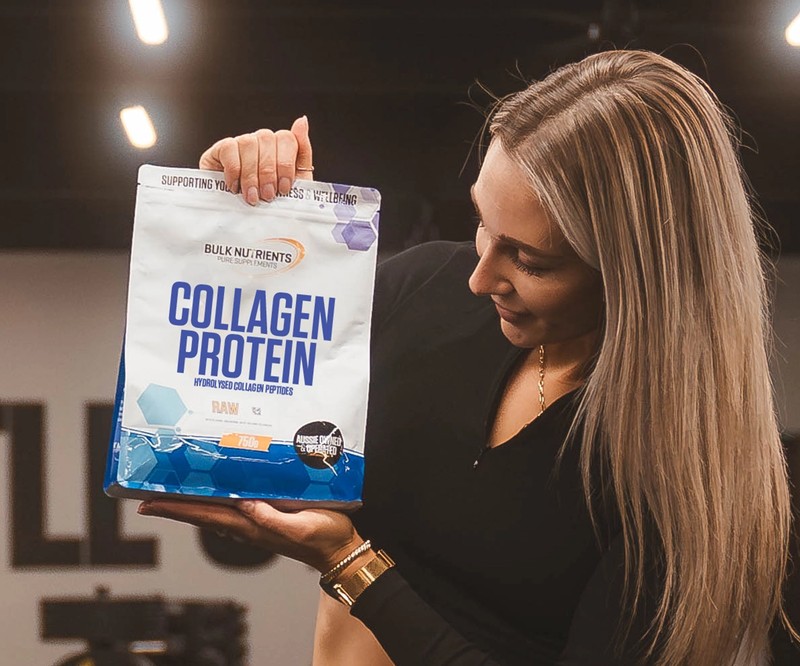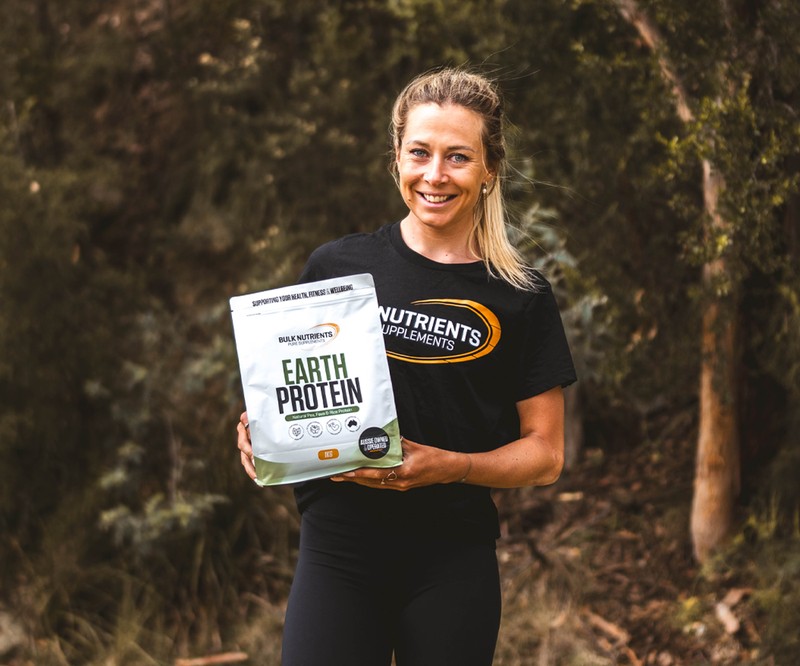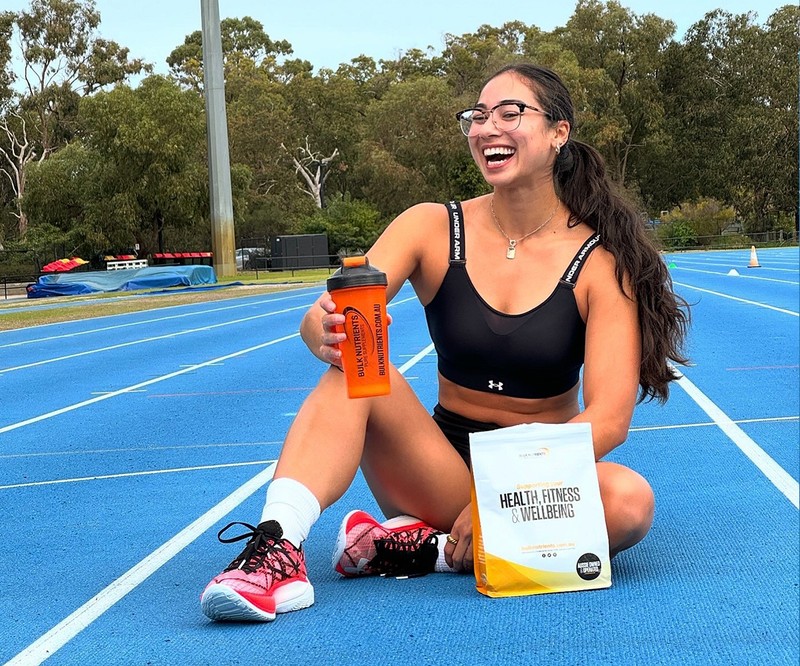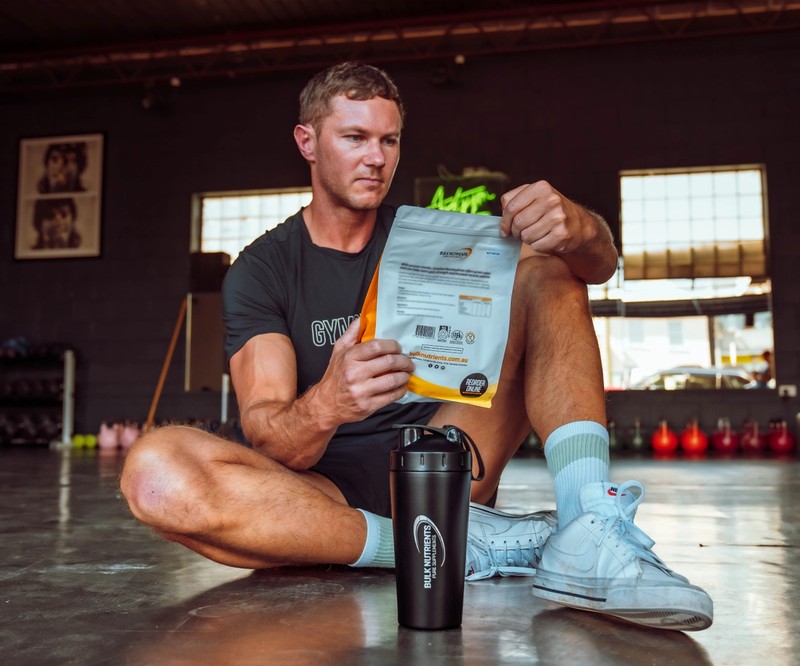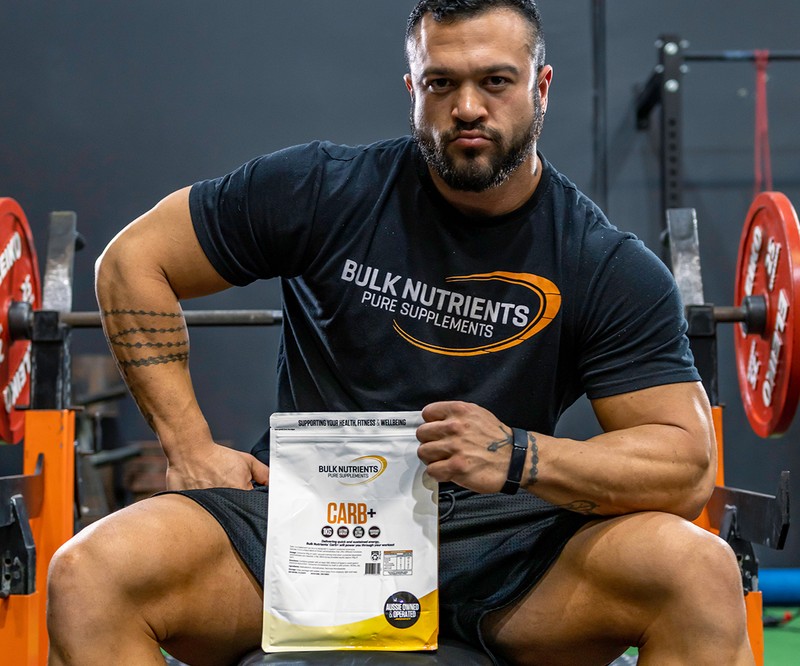Do Squats Work Hamstrings?
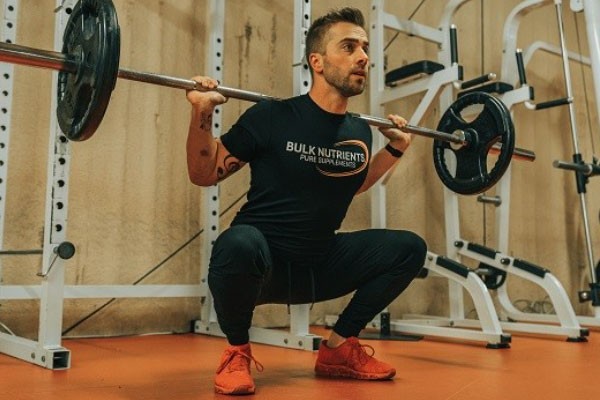
Squats have sometimes been declared as an exercise that works the whole lower body. The myth has gotten a little bit out of control!
So, do squats work hamstrings? Can we more or less call them hamstring squats?
While squats are excellent for your quadriceps and glutes, they don't engage the hamstrings as much as some people think. There is still additional work to be done on leg day.
We’ll take a look at the anatomy of the hamstrings, how much hamstrings are actually activated during squats, and the different exercises that will actually target your hamstrings effectively.
The anatomy of the hamstrings
Your hamstrings consist of three muscles - the biceps femoris, semitendinosus, and semimembranosus - located on the back of the thigh.
They originate from the pelvis before inserting on the tibia bone of the lower leg.
The hamstrings are responsible for hip extension and knee flexion, making them crucial for exercises like squats, deadlifts, and lunges.
To build strong, defined hamstrings, you must include specific exercises to target them during your leg day(s).
The role of squats in working the hamstrings
This study looked at front squats, full-depth back squats, and parallel back squats, to see how the hamstrings were activated.
Here are these exercises below:
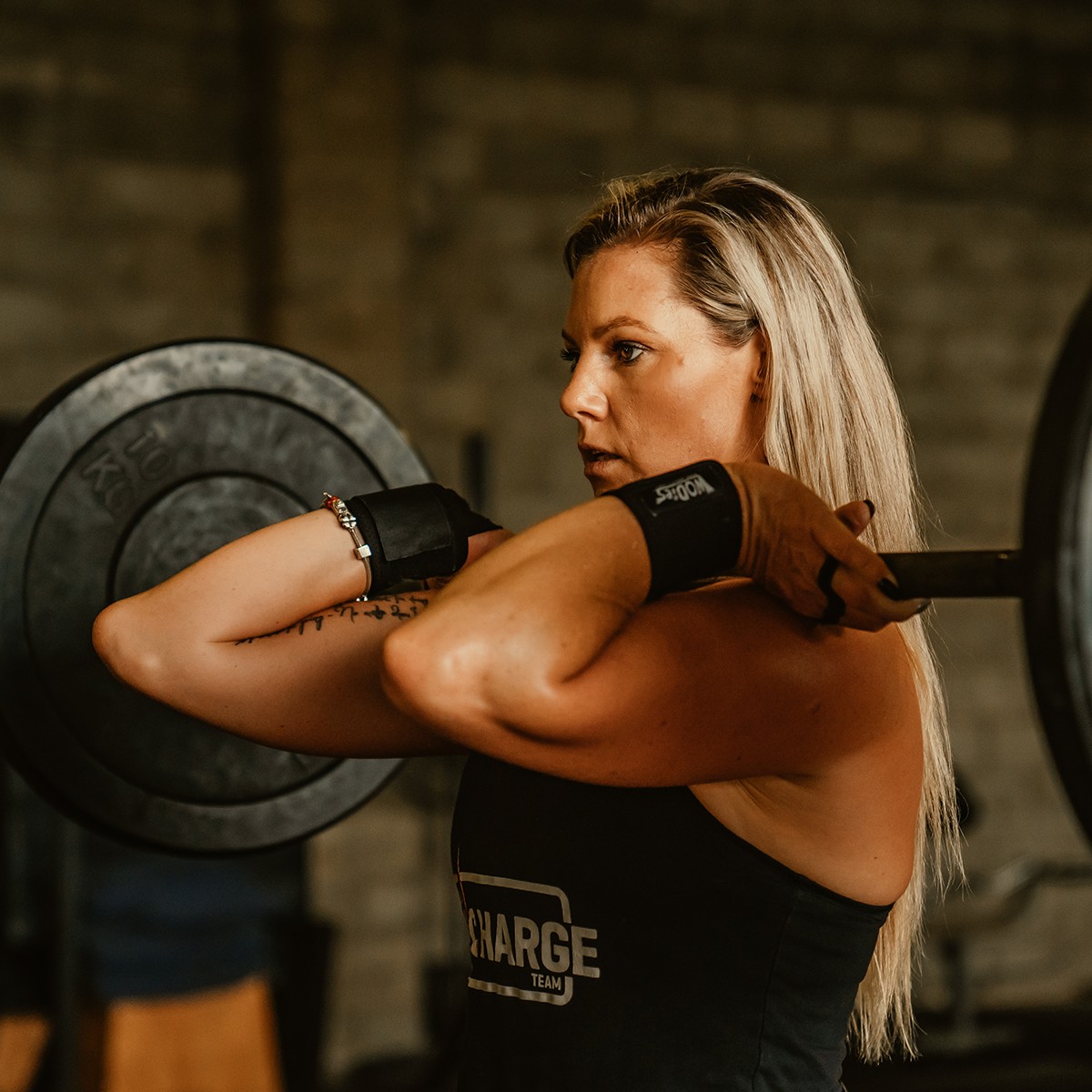
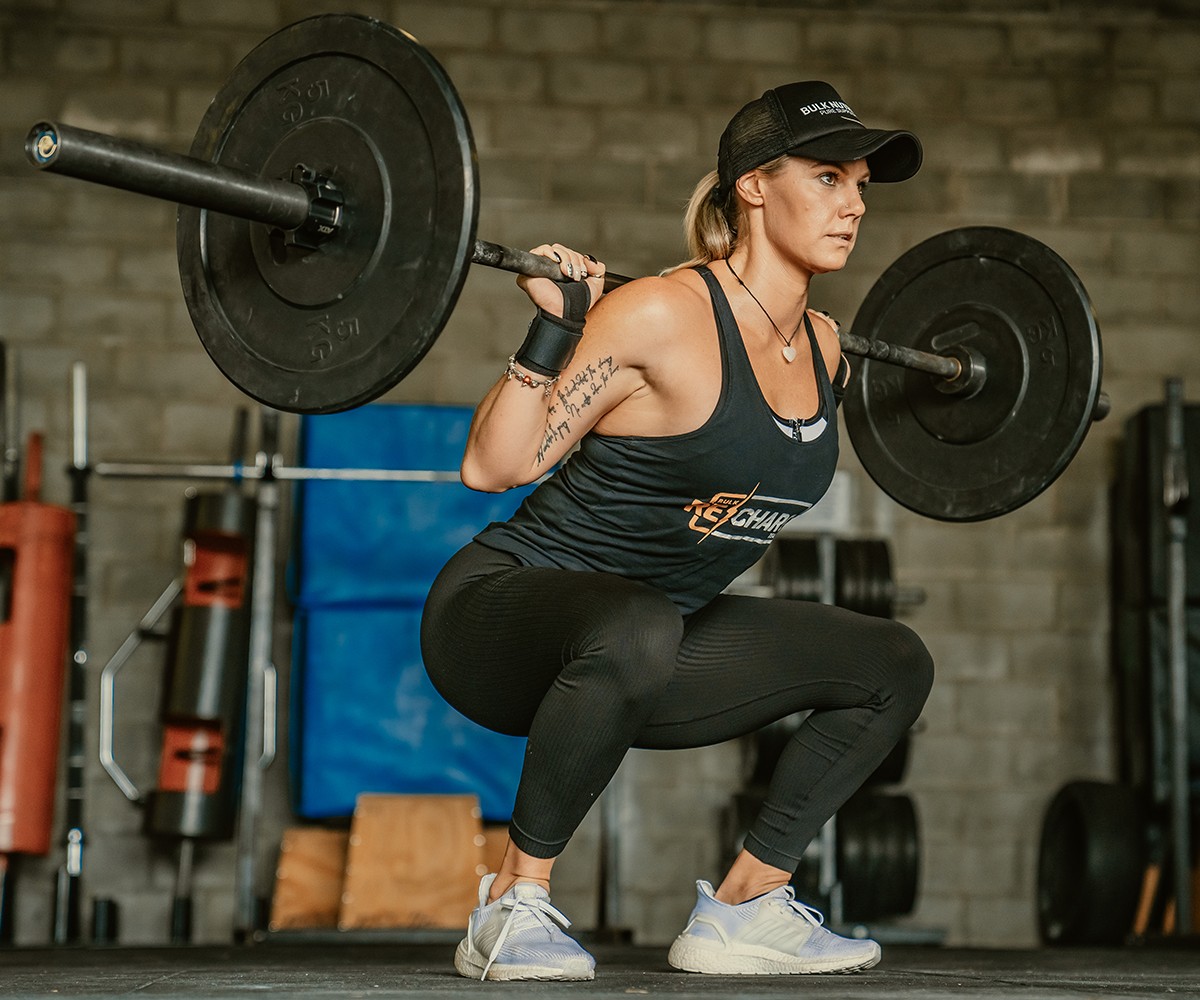

In line with other research, the hamstrings didn't engage much at all during these exercises.
Take a look at the graph below. NOTE: "biceps femoris" which is another term for hamstrings:
Mean ± SD of EMG (%MVIC) values in the parallel, full, and front squat.
| Parallel | Full | Front | |
|---|---|---|---|
| Mean | |||
| Upper gluteus maximus | 29.35 ± 16.45 | 29.58 ± 16.26 | 29.15 ± 14.35 |
| Lower gluteus maximus | 45.29 ± 23.54 | 42.24 ± 21.51 | 43.89 ± 20.75 |
| Biceps femoris | 14.92 ± 6.64 | 14.39 ± 6.41 | 13.11 ± 4.70 |
| Vastus lateralis | 110.35 ± 47.24 | 123.82 ± 67.42 | 124.22 ± 72.96 |
| Peak | |||
| Upper gluteus maximus | 84.85 ± 42.91 | 88.13 ± 47.83 | 84.62 ± 50.48 |
| Lower gluteus maximus | 129.60 ± 60.45 | 124.76 ± 55.44 | 134.62 ± 55.71 |
| Biceps femoris | 37.50 ± 18.39 | 38.59 ± 16.82 | 39.35 ± 22.79 |
| Vastus lateralis | 243.92 ± 121.63 | 280.54 ± 166.16 | 302.61 ± 191.80 |
Abbreviation: EMG = electromyography; MVIC = maximum voluntary isometric contraction. Graph form this study.
So, while the glutes and the outside muscle of the quadriceps (the "sweep", the vastus lateralis) were worked well, the hamstrings weren’t worked much.
So if you’re ever asking what muscle groups squats work… it’s mainly the quadriceps and not the hamstrings very effectively!
And this is consistent with other studies: the squat is touted as insufficient for hamstring development.
So you might be thinking: "How the hell does this happen? How can we have all that weight on our back, squat down with it, and drive it up and it not use our hamstrings!?"
Well, research suggests that this is what our hamstrings are doing when we squat:
- They provide a stabilising force at the knee
- They direct force on the tibia (shin bone) in opposition to the anterior tibial force generated by the quadriceps.
The long and short of it is that the hamstrings work to stabilise us during squats, and do not work to "lift" the weight.
It's kind of like how a kitchen hand isn't exactly a chef, they just assist the chef.
Another study compared hamstring activity during the:
- Back squat
- Leg curl
- Stiff-leg deadlift
And back squats were found to engage the hamstrings at about half the rate of leg curls and stiff-legged deadlifts.
So, again, if you’re asking what muscles does squats work, it’s not the hamstrings very effectively. To work the hamstrings, you’ll want to stick with the aforementioned exercises like leg curls and stiff-leg deadlifts.
Your hamstrings are worked the most during the first stage of the descent into a squat; when you first begin to bend your knees (120 degrees or less of knee flexion). After that, there’s not much to get excited about.
It's key we remember that hamstring development is important to ensure muscle balance between the quads and hamstrings. This balance can help prevent injury!
So obviously, if maximum hamstring growth is the goal, we need to do more than just squats.
The aforementioned leg curls are great, as are the stiff-legged deadlifts.
But don’t forget the Nordic curls, which we should all incorporate!
How to grow your hamstrings optimally
So if squats don’t cut the mustard, what does? Well, let’s take a look!
Variations and accessories exercises for hamstrings
This recent study investigated how our hamstring fibres are recruited and the force they generate during three different exercises.
The three exercises performed by the ten male participants in their twenties were:
- The Nordic hamstring curl
- Single-leg Roman chair
- Single-leg deadlift
So what did they find?
Amongst many things, the Nordic curl was very effective in comparison to the other exercises.
So if you’re asking what muscle do squats work, wondering if they’re going to work your hamstrings – forget it. Instead ask, how can I do Nordic curls for hamstrings? Because THAT’S what’s going to help your hamstrings really grow!
Let’s look at how to do them.
How to do Nordic curls on the lat pulldown
Nordic curls are very effective on a lat pulldown. Here’s how to do them step by step:
- Step 1: Start at the top with your feet firmly locked in under the knee rest on the lat pulldown as seen above. Make sure the knee rest (that's where his heels are, not to be confused with the pad his knees are on) is as low as possible, as even a setting higher makes it possible for your feet to slip out. Start slightly angled forward as you can see from the starting position image above.
- Step 2: Come down slowly (3-4 seconds) from an upright position towards the ground, always with your hands out for safety. You can see our subject has an esky there to push off. Always start with that (but a bench, instead) and as you get more confident, use the floor to push off.
- Step 3: Push off the bench/floor with your hands and be sure it's not a big torso thrust, but your hamstrings that move and "lift" you back to your starting position. The difficulty of the exercise will be in how much you push yourself off the floor or bench, making it either easier or harder to return to the starting position.
It's really important to remember that on the way down to the floor, you come down slowly, over about 3-4 seconds, focusing on your hamstrings doing the bulk of the work. Again, ensure the knee pads on the lat pulldown are right down low and are firmly in place.
And we must stress again the key part to making the exercise harder: the less you push off the floor, the harder the rep back up is.
Eventually, you'll be able to perform around 8-10 reps. And as you get more experienced, you'll be able to push less off the floor, and even take longer on the eccentric movement for added work for your hamstrings.
And you can apply the important muscle growth principle of progressive overload by utilising a weight vest.
And if you want to know more about why nordic curls are the best exercise for hamstrings – take a look at this blog here!
So it might be better to ask about the better exercises for hamstrings, as opposed to which muscles do squats work.
Conclusion: The bottom line on squats activating your hamstrings
Squats will not work your hamstrings effectively. This is because they work to stabilise your quads and legs during the squat movement and aren’t directly involved in the lifting.
Hamstrings are engaged at 120 degrees of knee flexion (the first 10-20% of your descent into the squat) and after that are not used much at all. Squats activate your hamstrings at roughly 50% of the rate of stiff-legged deadlifts and hamstring curls.
So if you’re asking what muscles do squats work, you’d be advised to remember it’s mainly the quads, as the hamstrings are utilised relatively ineffectively. For optimal hamstring development, perform single-leg roman chairs, single-leg deadlifts and nordic curls.
References:
- Contreras B, Vigotsky AD, Schoenfeld BJ, Beardsley C, Cronin J. A Comparison of Gluteus Maximus, Biceps Femoris, and Vastus Lateralis Electromyography Amplitude in the Parallel, Full, and Front Squat Variations in Resistance-Trained Females. J Appl Biomech. 2016 Feb;32(1):16-22. doi: 10.1123/jab.2015-0113. Epub 2015 Aug 6. PMID: 26252837.
- Ebben WP, Leigh DH, Jensen RL. The role of the back squat as a hamstring training stimulus. Strength Condit J. 2000;22(5):15. doi:10.1519/00126548-200010000-00004
- Isear, J.A., J.C. Erickson, and T.W. Worrell. EMG analysis of lower extremity muscle recruitment patterns during an unloaded squat. Med. Sci. Sports Exerc. 29:532–539. 1997.
- Wright, G.A., T.H. Delong, and G. Gehlsen. Electromyographic activity of the hamstrings during performance of the leg curl, stiff leg dead lift and back squat movements. J. Strength Cond. Res. 13:168–174. 1999.
